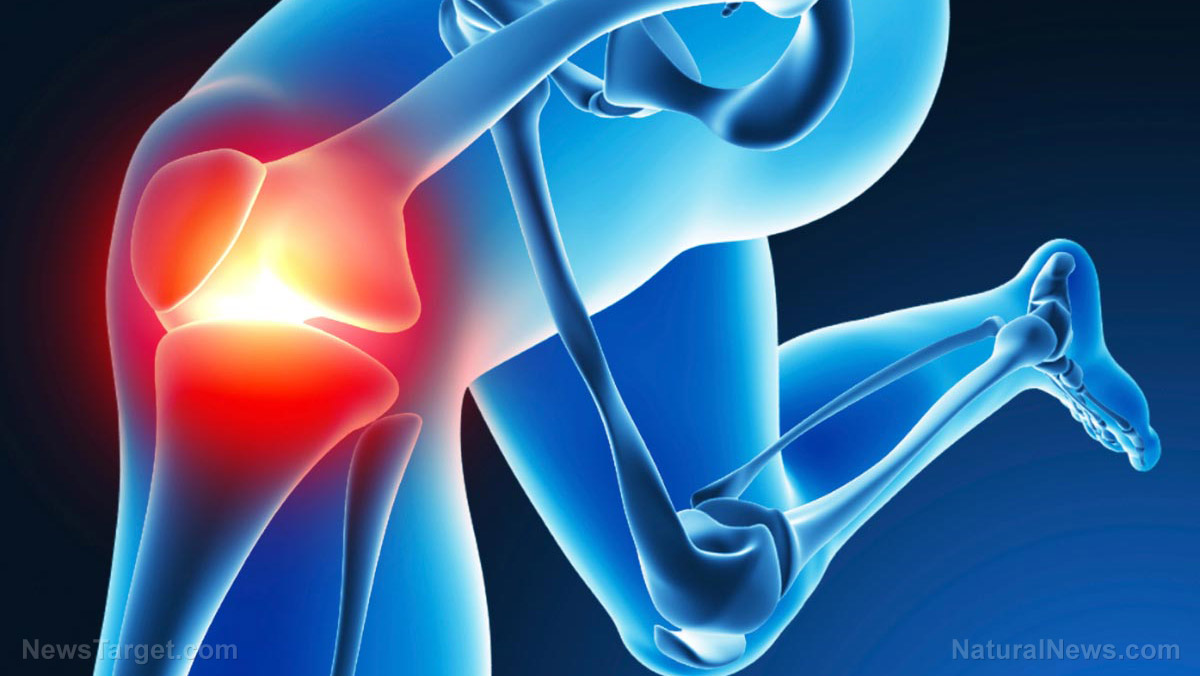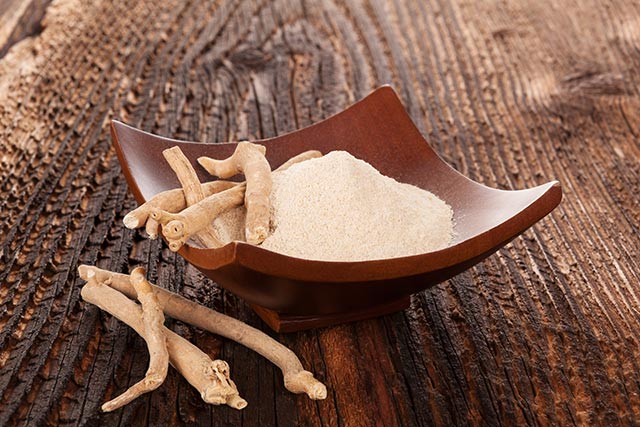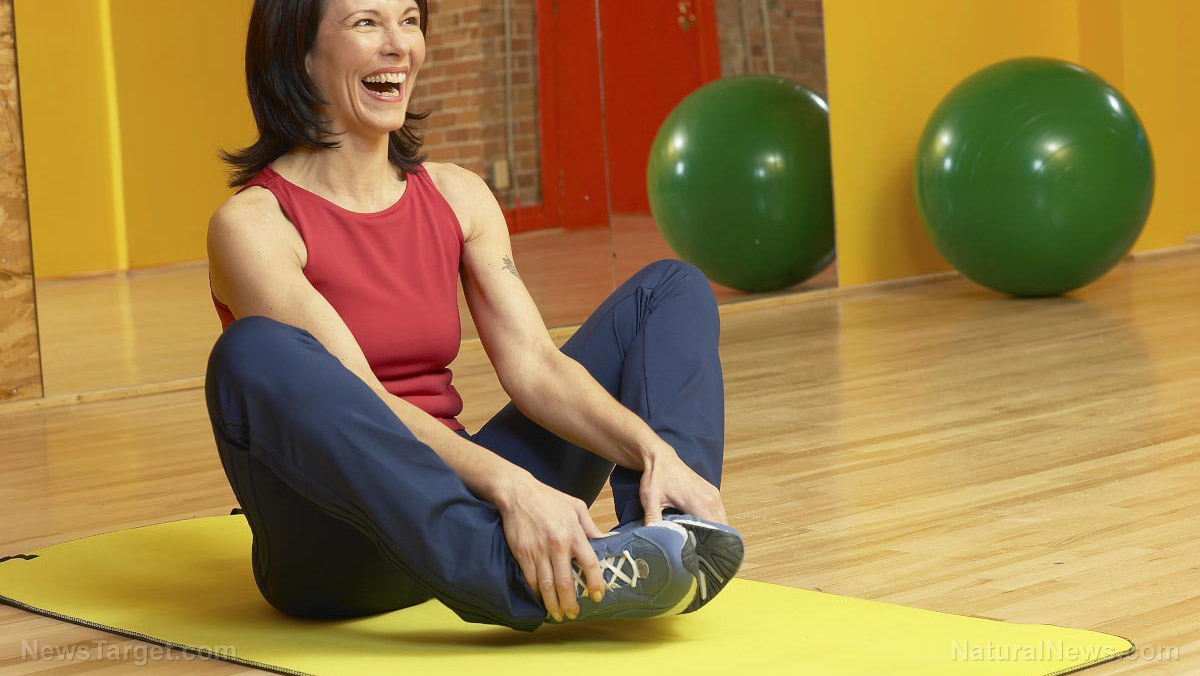Be flexible: Your bones and joints will reward you with these 5 benefits
12/12/2017 / By Frances Bloomfield

Flexibility is an often-overlooked component of exercise, yet its inclusion in fitness regimens will prove beneficial in the long run. Among these benefits are those for the bones and joints.
This was the recommendation issued by the American Academy of Orthopaedic Surgeons (AAOS) in a 2015 press release. The organization explained that flexibility exercise plays an important role in recovering from aerobic activity, as well as minimizes the risk of injury.
Orthopaedic surgeon and AAOS spokesperson Raymond Rocco Monto, M.D., elaborated further: “Increasing your flexibility improves your ability to move easily. Some joints lose up to 50 percent of motion as we age.”
In the same press release, the organization cited five major benefits of flexibility exercises, which they listed as such:
- Flexibility exercises decrease back and joint pain — These types of exercises can stimulate muscular relaxation, and consequently lessen pain in the lower back. This is due to the fact that lower back muscles are typically contracted throughout the day — either while seated or performing similar activities — and can become stressed over time. The same applies to the joints, which can endure varying amounts of pressure depending on the movements being carried out. Flexibility exercises can curb these stresses and the pain that accompanies them.
- Flexibility exercises promote better circulation — Stretching has been shown to enhance the movement and efficacy of blood flow. In turn, essential nutrients are transported through the bloodstream and towards various parts of the body. A few examples of this are the hamstring and calf stretches which, when executed prior to sleep, can diminish the frequency and intensity of leg cramps, which can be caused by poor circulation.
- Flexibility exercises improve joint motion — Decreased flexibility comes naturally with age, yet flexibility exercises can halt the degradation of joint function and motion. This is partly due to these sorts of exercises encouraging the production of joint synovial fluid, which is a viscous, egg white-like fluid that lubricates the joints and reduces friction between them.
- Flexibility exercises can boost muscle health — In addition to augmenting the supply of blood received by muscle tissues, flexibility exercises can strengthen muscles and allow them to bear more stress. This can be particularly useful when engaged in high-tension activities, as the muscles are less likely to tire out and become sore after brief bouts of jumping, climbing, and all other intense motions.
- Flexibility exercises can lead to better athletic performances — All of the above-mentioned benefits can coalesce into superior physical accomplishments. Muscles that are more supple and compliant are capable of generating more force under tension, and improved blood flow ensures that the muscles are able to recover quicker following intense athletic movements.
As with all other types of exercise, flexibility exercises should not be approached with a carefree attitude. There are guidelines that need to be followed in order to minimize injuries and pains; these include:
- Always warm up before stretching. Going straight into stretches without preparing the body for them can harm muscles.
- Stretch at a slow and gentle pace. Avoid muscle tension by breathing into the stretch, relaxing, and holding the stretch for 10 to 30 seconds.
- Never bounce during stretches, as this can result in sprained muscles.
- Don’t aim for pain. Stretching shouldn’t hurt, so those who feel pain in the middle of flexibility exercises should ease up on the stretch and relax into it, taking deep breaths all the while.
Sources include:
Newsroom.AAOS.org
SkinnyMS.org
Tagged Under: blood flow, bone health, Bones, fitness, flexibility as you age, flexibility exercises, improved circulation, joint health, joints, longevity, men's health, muscle strength, slender, stretching, women's health



















